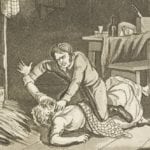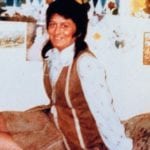 Technology
Technology  Technology
Technology  Humans
Humans 10 Everyday Human Behaviors That Are Actually Survival Instincts
 Animals
Animals 10 Animals That Humiliated and Harmed Historical Leaders
 History
History 10 Most Influential Protests in Modern History
 Creepy
Creepy 10 More Representations of Death from Myth, Legend, and Folktale
 Technology
Technology 10 Scientific Breakthroughs of 2025 That’ll Change Everything
 Our World
Our World 10 Ways Icelandic Culture Makes Other Countries Look Boring
 Misconceptions
Misconceptions 10 Common Misconceptions About the Victorian Era
 Mysteries
Mysteries 10 Strange Unexplained Mysteries of 2025
 Miscellaneous
Miscellaneous 10 of History’s Most Bell-Ringing Finishing Moves
 Technology
Technology Top 10 Everyday Tech Buzzwords That Hide a Darker Past
 Humans
Humans 10 Everyday Human Behaviors That Are Actually Survival Instincts
 Animals
Animals 10 Animals That Humiliated and Harmed Historical Leaders
Who's Behind Listverse?

Jamie Frater
Head Editor
Jamie founded Listverse due to an insatiable desire to share fascinating, obscure, and bizarre facts. He has been a guest speaker on numerous national radio and television stations and is a five time published author.
More About Us History
History 10 Most Influential Protests in Modern History
 Creepy
Creepy 10 More Representations of Death from Myth, Legend, and Folktale
 Technology
Technology 10 Scientific Breakthroughs of 2025 That’ll Change Everything
 Our World
Our World 10 Ways Icelandic Culture Makes Other Countries Look Boring
 Misconceptions
Misconceptions 10 Common Misconceptions About the Victorian Era
 Mysteries
Mysteries 10 Strange Unexplained Mysteries of 2025
 Miscellaneous
Miscellaneous 10 of History’s Most Bell-Ringing Finishing Moves
10 Paroled Serial Killers And Murderers
According to the US Department of Justice, parole, the supervised release of convicted criminals from prison into the community at large, helps prisoners adjust to normal life, “protects the community” by reducing recidivism, and prevents unnecessary imprisonment. To be paroled in the US, prisoners must have exhibited good behavior (e.g. following prison rules), the parole mustn’t suggest the offenses weren’t serious or constitute a “disrespect for the law,” and the prisoner’s release mustn’t threaten public safety.
While one country’s conditions for parole may differ from those of another, it’s clear any nation’s justice system should have the safety and welfare of its citizens in mind in deciding whether or not convicted criminals are released from prison.
When possible parolees are convicted serial killers or mass murderers, it’s obvious that their offenses are serious and their release could jeopardize people’s safety, no matter how well they followed the rules during their incarceration. There would seem to be no chance such offenders would ever be released from prison to prey upon the public again, but, in fact, such incidents do occur, often to the detriment of the public, whom laws and prisons are supposed to protect.
10 Kenneth Allen McDuff
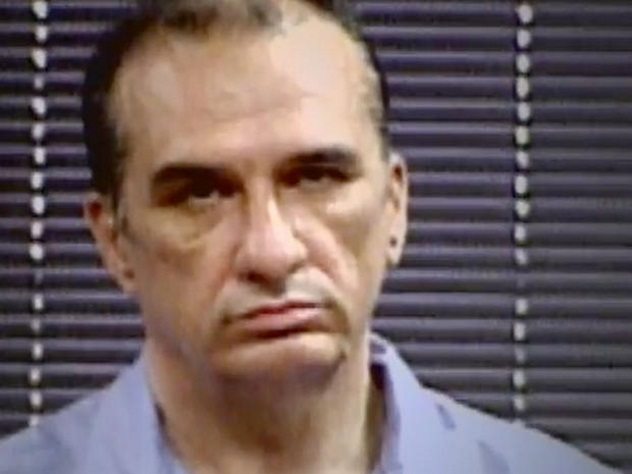
Kenneth Allen McDuff was paroled, not so he could adjust to life, not to reduce recidivism, and certainly not because he no longer posed a threat to public welfare. He was paroled to reduce prison overcrowding.
From 1966 to 1992, he committed between nine and 22 murders in Texas. McLennan County sheriff Parnell McNamara described McDuff as “a cold-blooded, psychopathic killer” who was “more evil than the Devil himself,” concluding “he never should have been released.” McDuff was on death row for murdering three teenagers in 1966, but his sentence was reduced to life with the possibility of parole in 1972. He was released in 1989.
In 1990, the parole board had a chance to send him back to prison after McDuff was arrested for chasing and threatening black teenagers. But neither his actions nor the “racial invective” he expressed at his parole hearing returned him to a prison cell, and he killed at least three women between his release on parole and his return to prison in 1992, for abducting and murdering convenience store clerk Melissa Northrop and accountant Colleen Reed. He never expressed remorse for any of his crimes.[1] McDuff was executed by lethal injection in 1998.
9 Loren Herzog
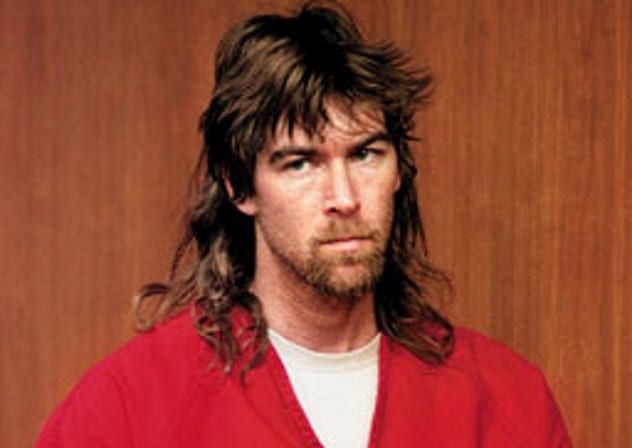
California “Speed Freak Killer” Loren Herzog’s last victim appears to have been himself. After having committed a number of murders with Wesley Shermantine, a friend of his since childhood, Herzog was sentenced to 78 years to life for murdering and raping Cindy Vanderheiden. In 2004, an appeals court found that Herzog’s confession may have been coerced and ordered a new trial for him. When offered a plea deal, Herzog agreed to plead guilty to manslaughter in exchange for a 14-year sentence. He was paroled in September 2010.
Two years later, the parole agent who monitored him continuously using GPS technology found Herzog’s tracking bracelet had a low battery. When Herzog failed to answer his telephone, the agent notified police, who found Herzog dead inside the trailer he inhabited “on fenced-off property grounds outside the prison.” Police investigated his death as a possible suicide.
The motive for Herzog’s apparent suicide seems to have been his knowledge that Shermantine intended to tell police where the bodies of their victims were located. Sacramento bounty hunter Leonard Padilla had relayed this information to Herzog shortly before Herzog killed himself. It’s possible he and Shermantine might have faced charges for additional homicides, depending on the number and identities of the bodies authorities recovered based on Shermantine’s information.[2]
8 Michael Keith Moon
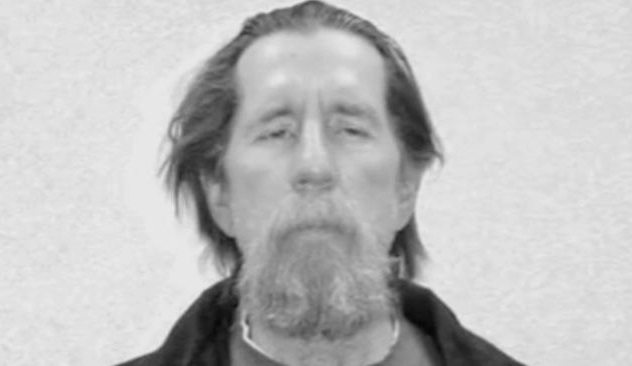
Career criminal Michael Keith Moon had several chances to reform. In 1981, he was convicted of stabbing a woman to death in Reno, Nevada. After his release from prison in 1991, he was convicted of attempted murder for repeatedly stabbing a man in bar in Woodstock, Illinois. He was released in 2005. Three years later, he was convicted of second-degree murder after killing a 24-year-old man in Escondido, California. In 2014, he was again granted parole and began living in a halfway house in downtown San Diego.
Escondido detective Chuck Gaylor believes Moon committed other murders between his time in Reno and his latest arrest and is most likely a serial killer.[3]
7 Louis Van Schoor
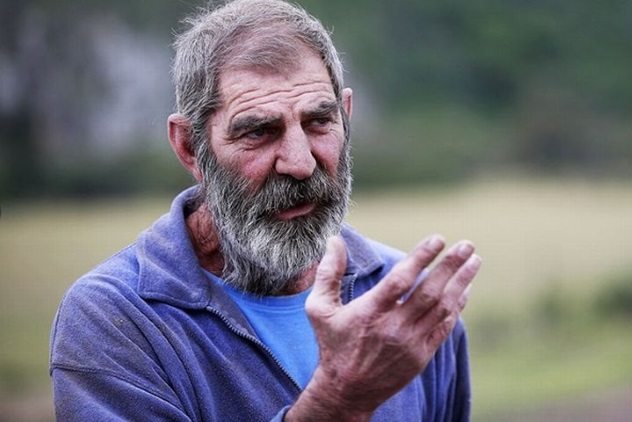
In 1992, South African serial killer Louis van Schoor was sentenced to 20 years in prison for committing seven murders and attempting two others. He was released in 2004, after serving 12 years, walking “straight into the arms of his fiancee,” lawyer Eunice de Kock of Cape Town.
Responding to silent alarms in businesses, van Schoor, a member of the police K-9 unit and a security guard at the time of the murders, said he shot as many as 100 people between 1986 and 1989.
Van Schoor said he was glad to be back in society and hoped people would judge him by his future behavior, rather than his past crimes. Initially, he had nothing to say to his victims’ families, but he later conceded he’d appreciate their forgiveness.[4]
6 William Huff
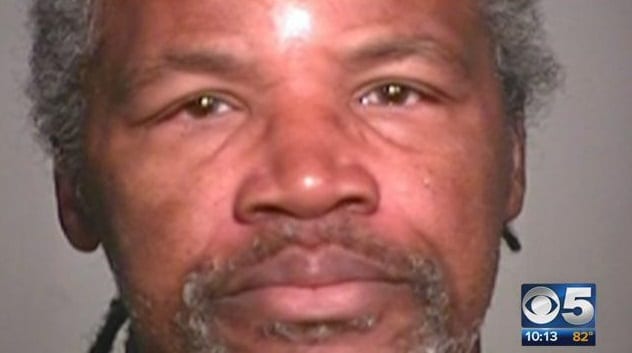
Calling himself “The Phantom,” serial killer William Huff murdered seven-year-old Cindy Clelland and six-year-old Jenelle Haines and targeted a third girl before he was arrested. The murders took place in Sierra Vista, Arizona. On April 30, 1967, Cindy had been collecting bottles to exchange for candy at her neighborhood store. Following the discovery of Cindy’s naked body on May 2, the police received a handwritten note: “I am The Phantom. You have found my first victim. My next victim lives on Steffan Street. 9 yrs old. (Fools!!!)”
When police provided the targeted girl with 24-hour protection, Huff apparently decided to kill Jenelle instead. A colonel’s daughter, she was playing by a pond near the Lakeside Officer’s Club on June 22 when Huff abducted her. Later that day, Jenelle’s body, like Cindy’s, was found naked. Police had already suspected Huff, a neighborhood teenager at the time. Following Jenelle’s murder, Sierra Vista police chief C. Reed Vance saw Huff leaving the Army post at which the officer’s club was located. A handwriting sample obtained from Huff matched the note from The Phantom.
Upon conviction for the girls’ murders, Huff was sentenced to 15 years for one homicide and 40 for the other. In 2005, the parole board voted unanimously to grant him parole. In 2006, he began living under house arrest in a halfway house in Tucson. Ellen Kirschbaum, who chaired the parole board, said she couldn’t predict whether Huff might murder someone else.[5]
5 Vernon Tatum
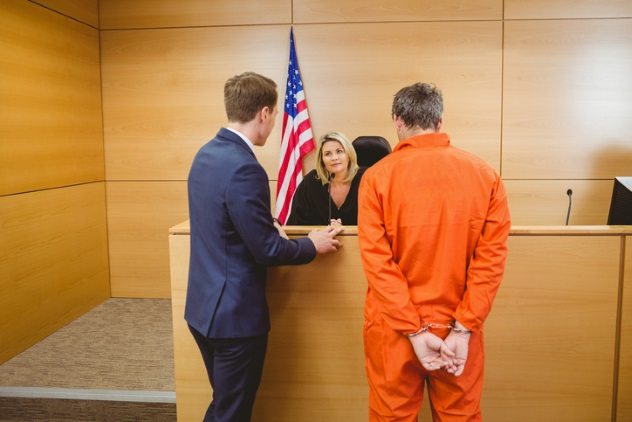
In 2017, after serving 13 years for raping and murdering several elderly women, serial killer Vernon Thomas was paroled for good behavior while incarcerated. After living in a halfway house downtown, Tatum planned to return to the Kansas City, Missouri, neighborhood in which he’d committed the crimes.
Local police were disturbed at the thought the killer would soon be back among them. “He’s one of the most dangerous individuals I’ve ever dealt with,” police detective Lester Scott said.[6]
4 Arthur Shawcross
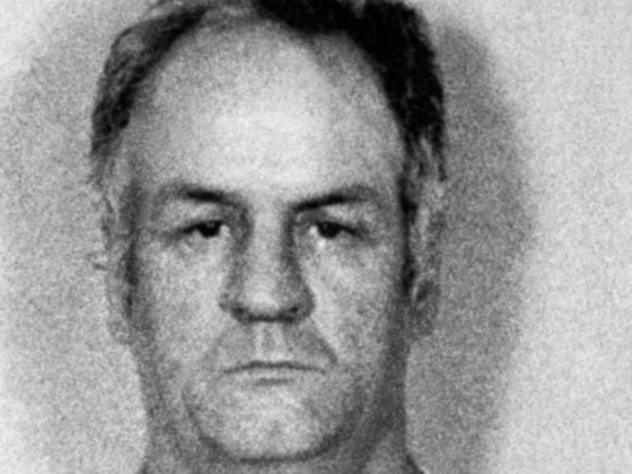
Arthur Shawcross began his career as a serial killer at age 27 in 1972, when he killed a ten-year-old boy he’d lured into the woods on the pretext of going fishing with him. The same year, he sexually assaulted and murdered an eight-year-old girl whom he led to a deserted area as he showed her a new bicycle. Arrested after eyewitnesses identified him as the man they’d seen with the children, Shawcross confessed to both murders, but in a plea deal, he was charged with only one count of manslaughter.
Because he was a “model prisoner,” he was paroled after serving 14 years of his 25-year sentence, and his criminal records were sealed. Settling in Rochester, New York, in 1988, Shawcross resumed murdering victims, asphyxiating and mutilating prostitutes. A helicopter pilot spotted him near a murder scene, and he was arrested. He admitted to committing ten murders and was sentenced to 250 years in prison.[7]
3 Louise Peete
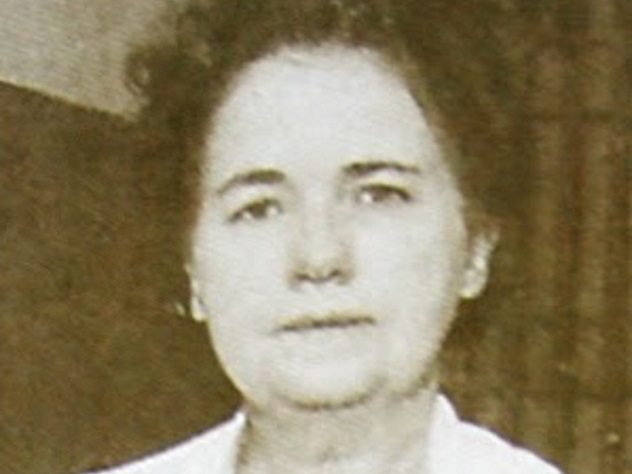
After serving 18 years for the murder of Jacob Charles Denton on June 2, 1920, Louise Peete was paroled. She was arrested again in 1944, after the decomposing body of Margaret Logan, 60, was found in an 46-centimeter-deep (18 in) grave in the victim’s Pacific Palisades, California, backyard. Peete admitted to burying Margaret’s body but refused to say any more.
In a written statement, Peete later claimed Margaret’s husband, Arthur, had shot his wife to death after first attacking Margaret. Peete said she waited for Arthur to retire for the night before burying the dead woman in the Logans’ backyard, afraid she’d be convicted of Margaret’s murder and returned to prison if the body was discovered.
Tried for Margaret’s homicide, Peete was found guilty of murder in the first degree and sentenced to death. Prosecutors proved Arthur couldn’t have killed his wife. At the time of Margaret’s murder, he was already dead, having passed away in insane asylum prior to the discovery of Margaret’s body.
Peete was executed in San Quentin State Prison’s gas chamber on April 11, 1947. The motives for her crimes were monetary. By shooting her victims, she hoped to gain their estates. As she was about to be executed, she told the prison’s warden, Clinton T. Duffy, “I’ve been ready for a long time.”[8]
2 Gerald Gallego And Charlene Williams
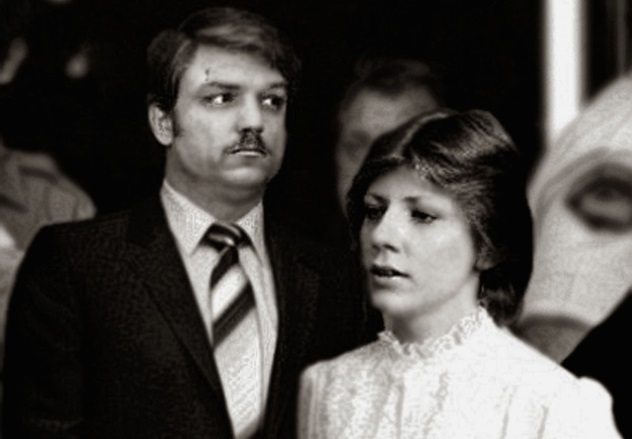
Gerald Gallego was twice paroled before committing multiple sexual assaults and ten murders. He was paroled in July 1961 after serving less than a year in a “boys’ school” for committing lewd and lascivious acts with a six-year-old girl and again in 1963 after serving about two years for an armed robbery he’d committed in 1961.
After five marriages in which he’d abused his wives, Gallego met Charlene Adell Williams at a poker club in Sacramento, California. Together, in September 1978, they began abducting girls in California and Nevada to serve as their sex slaves. Their first two victims were 17-year-old Rhonda Scheffler and 16-year-old Kippi Vaught, both of whom Gallego shot dead following an apparent tryst with them in a secluded wooded area. In all, by November 1980, the couple had racked up ten victims, all teenagers, most of whom they kept as sex slaves before murdering them.
A friend of the last two victims, Craig Miller, 22, and his fiancee, Mary Elizabeth Sowers, 21, saw the couple get into Gallego’s vehicle and wrote down its license plate number. At a remote location, Gallego shot Miller, killing him, before he and Williams drove to another location, where he sexually assaulted and then murdered Sowers.
When Miller and Sowers didn’t return home, the witness gave Gallego’s license number to the police. Convicted of the murders of Miller and Sowers, Gallego was sentenced to death on June 25, 1984. For testifying against him, Williams received a sentence of 16 years and eight months in prison and was paroled in August 1997.[9]
1 Richard Marquette
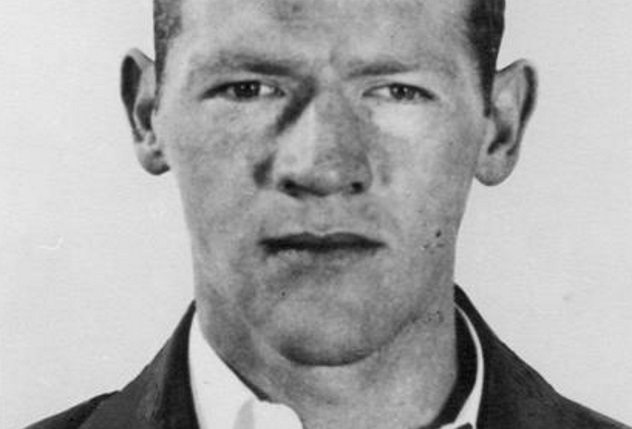
Although cannibal serial killer Richard Marquette chopped up and froze his victims, saving them to eat later, and his fellow inmates believed he’d kill again, he was found fit for parole after serving 12 years of his sentence. Shortly after his release, he committed additional murders.
His first victim was Joan Rae Caudle, 23. He said he’d met her in a Portland, Oregon, bar on June 4 or 5, 1961. He strangled her when they argued after having consensual sex, and he chopped up her body to make it easier to dispose of her remains. Arrested on June 30, he was convicted in December and sentenced to life in prison. Paroled after serving 12 years, he killed again, but this time, the murder went undetected. He wasn’t as lucky when he murdered and dissected Betty Wilson, 37, in Salem, Washington. He was sentenced to life imprisonment—again.[10]
Gary Pullman, an instructor at the University of Nevada, Las Vegas, lives south of Area 51, which, according to his family and friends, explains “a lot.” His 2016 urban fantasy novel, A Whole World Full of Hurt, available on Amazon.com, was published by The Wild Rose Press.
Read about more murderers walking free on 10 Terrible Multiple Murderers Who Were Released From Prison and 10 Terrifying American Serial Killers Still At Large.


![10 Creepiest Photos Of Victims Taken By Serial Killers [DISTURBING] 10 Creepiest Photos Of Victims Taken By Serial Killers [DISTURBING]](https://listverse.com/wp-content/uploads/2018/09/Regina-Kay-Walters-featured-2-150x150.jpg)

